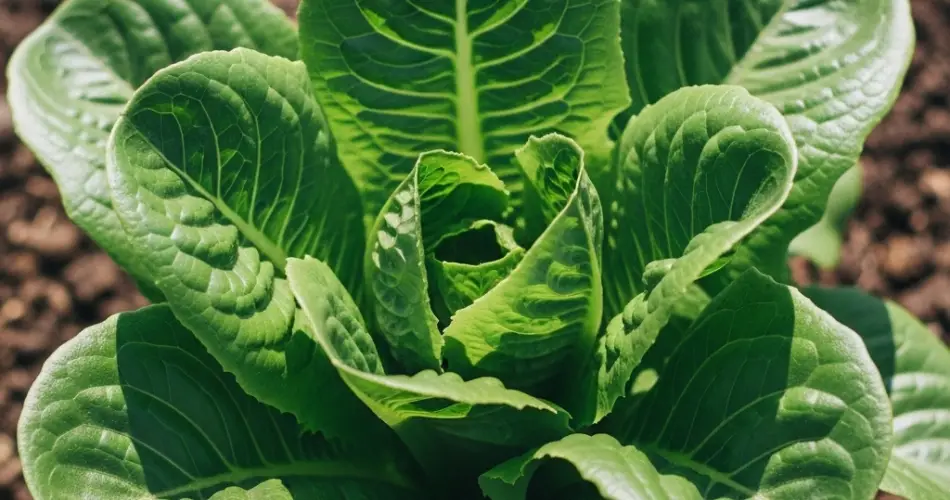Lettuce is a cool-season crop that tends to struggle in hot climates. When temperatures rise, it quickly bolts—meaning it shoots up a flower stalk, becomes bitter, and is no longer edible. However, with the right strategies, you can successfully grow fresh, crisp lettuce even in warm weather.
Here’s a detailed guide to growing lettuce in hot conditions without it bolting prematurely.
Understanding Why Lettuce Bolts
Bolting is a natural survival mechanism where the plant tries to reproduce before environmental stress becomes too severe. Lettuce typically bolts when:
-
Daylight hours increase.
-
Soil temperatures exceed 75°F (24°C).
-
The plant becomes too dry or stressed.
Preventing bolting in summer means controlling heat, moisture, and stress factors.
1. Choose Heat-Tolerant Lettuce Varieties
Start with varieties specifically bred to resist bolting and thrive in warm conditions.
Recommended types include:
-
Romaine (e.g., ‘Parris Island Cos’, ‘Jericho’): Known for heat resistance.
-
Butterhead (e.g., ‘Buttercrunch’): Handles stress better than other leaf types.
-
Loose-leaf (e.g., ‘Red Sails’, ‘Oak Leaf’): Fast-growing and more tolerant of heat.
Avoid heading lettuces like iceberg, which are less suitable for warm weather gardening.
2. Plant in Partial Shade
In hot weather, lettuce grows best with protection from the harshest midday sun. Provide filtered sunlight or light afternoon shade to keep plants cool.
How to provide shade:
-
Use shade cloth that blocks 30–50% of sunlight.
-
Plant lettuce behind taller crops like corn, tomatoes, or sunflowers.
-
Use garden umbrellas or a simple DIY shade frame during peak heat hours.
Morning sun followed by shade in the afternoon is ideal for summer-grown lettuce.
3. Use Mulch to Cool the Soil
Mulching is one of the easiest and most effective ways to reduce soil temperature and retain moisture—both key to preventing bolting.
Best mulch materials:
-
Straw
-
Shredded leaves
-
Grass clippings
-
Pine needles
Apply a 2–3 inch layer of mulch around the base of your lettuce plants. This helps maintain even soil temperatures and reduces heat stress.
4. Water Consistently and Deeply
Lettuce has shallow roots and needs consistent moisture. In hot weather, soil dries out quickly, which can trigger bolting. The goal is to keep the soil evenly moist, not soggy.
Watering tips:
-
Water early in the morning or late in the afternoon to reduce evaporation.
-
Use drip irrigation or a soaker hose to deliver water directly to the roots.
-
Check the soil daily and water whenever the top inch feels dry.
Avoid letting plants wilt, as stress accelerates bolting.
5. Harvest Early and Often
Hot-weather lettuce matures quickly. Frequent harvesting can delay bolting and keep plants producing tender leaves.
Harvest methods:
-
Pick outer leaves regularly for a continuous harvest.
-
Cut entire plants when heads are small but fully formed.
-
Use a sharp knife or scissors to avoid damaging the base.
Harvest in the early morning when leaves are at their crispest.
6. Use Succession Planting
Instead of growing one large batch of lettuce, plant small amounts every 1–2 weeks. This ensures a constant supply and allows you to pull plants before they bolt.
Try mixing different varieties in each planting for a diverse and extended harvest window.
7. Grow in Containers for Better Control
Containers allow you to control the environment more easily, especially helpful in very hot climates.
Container-growing benefits:
-
Move pots to shaded areas during hot afternoons.
-
Use high-quality potting soil that retains moisture.
-
Elevate containers for better air circulation.
Choose wide, shallow pots (at least 6 inches deep) to accommodate lettuce’s root system.
8. Try Hydroponic or Indoor Growing
If temperatures are consistently above 85°F (29°C), consider growing lettuce indoors or in a hydroponic setup.
Hydroponic systems maintain optimal moisture and nutrient levels, while indoor environments offer temperature control and protection from harsh sun.
Simple systems like Kratky hydroponics or deep water culture (DWC) work well for leafy greens and are suitable even for beginners.
Final Thoughts
Growing lettuce in hot weather can be a challenge, but it’s entirely possible with the right techniques. By selecting heat-tolerant varieties, providing shade, using mulch, watering consistently, and harvesting early, you can enjoy fresh, crisp lettuce all summer long.
Whether you’re planting in raised beds, pots, or hydroponic containers, adapting your growing methods to your climate will keep your lettuce tender and bolt-free—even when the temperatures rise.



